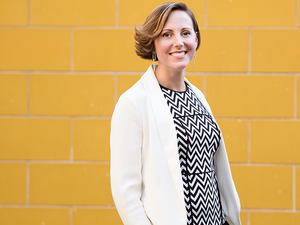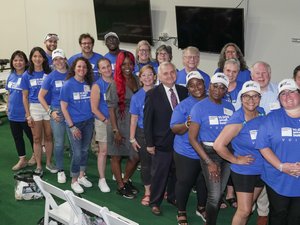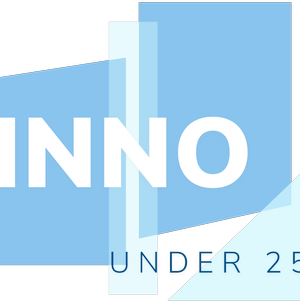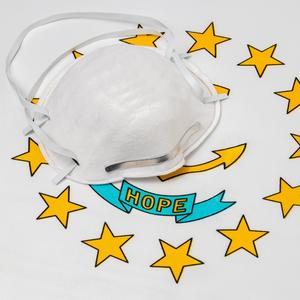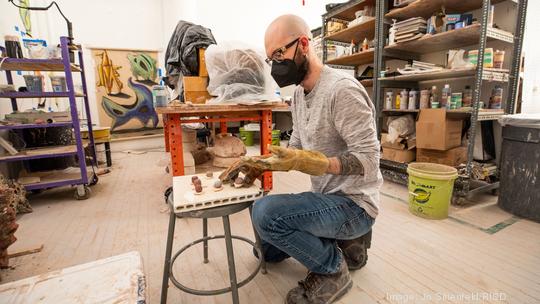
What if you could do 3-D printing with organic material like recycled paper or natural clay instead of plastic?
That's just one of the ideas that several student groups at the Rhode Island School of Design are researching this summer in partnership with the Hyundai Research Collaborative,
The 13 students are exploring four distinct areas of innovation in sustainable design: sustainable ceramics, digital media, glass and robotics. They are working with RISD faculty in collaboration with the design teams at Hyundai and Kia. An exhibition at RISD showcasing the student projects in the form of images, videos and physical prototypes is planned for fall 2022. The research project looks at the "relationship between nature, art and design," exploring what it takes to create "socially and environmentally just societies."
The partnership is in its third year. The research was informed by the expertise and methodologies of trained scientists at RISD’s Edna W. Lawrence Nature Lab, with Hyundai and Kia designers providing necessary input and feedback on projects throughout the process. Additional support in research activities came from expert staff support in Co-Works, RISD’s interdisciplinary research and making lab focused on emerging technologies.
Lesley Baker, a RISD associate professor, is leading the team exploring digital ceramics, a course name she thought up to cover a range of digital processes related to ceramics with a main focus on directly 3D-printing with clay.
Traditionally, ceramics use a lot of energy to fire the final products and the materials used to make clay are mined from various parts of the country and some are even imported. Baker said the field is just starting to address issues of sustainability.
"There are groups starting to research the true costs of these materials, including environmental impacts as well as how workers are treated," she said. "These are some of the issues we are attempting to address in the Hyundai Summer Research Collaborative. We will be collecting local natural clay deposits in Barrington and Block Island that should need very little processing and using lower-temperature ceramics and possible waste stream materials that could substitute for mined materials."
Since the printers use extruded paste, the researchers are also testing biomaterials that would not need to be fired. Currently, Baker said, they're focused on using existing technologies and adapting them to work for the selected materials.
The main printers ceramics students are using are made by 3D Potter. Users load clay into a tube and can choose a nozzle size that the clay will be pushed through. The forms are created using a 3D modeling software such as Rhinoceros. The design is then moved over to slicing software that creates the code for the printer.
Over the past few years, Baker said they have been able to experiment and focus on potential processes and materials. Ideas generated by students in the past include a glow-in-the-dark glaze to help save on costs associated with lighting and natural glaze made from coconut shells. Some students focused more on forms inspired by nature, such as structures created by mud daubers and the translucency of jellyfish, she said.
Working with the RISD Nature Lab, Baker said, has been a wonderful support. Currently, the group is very focused on biomaterials from local resources such as the invasive water chestnut plant that is taking over many freshwater areas in the region, as well as various types of seashells, which are plentiful as waste from restaurants.
"I do believe we will have some viable new types of materials that can be 3D-printed by the end of the summer research," Baker said. "One goal is to show that things around us are potential resources, and even things we find problematic—such as waste materials—could become anything from forms reintroduced into nature as insect habitats to units that can be constructed into larger structures to maybe a simple cup to hold water."

